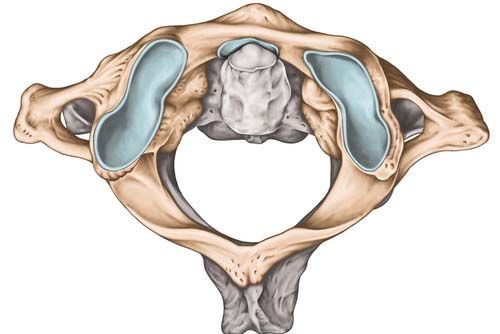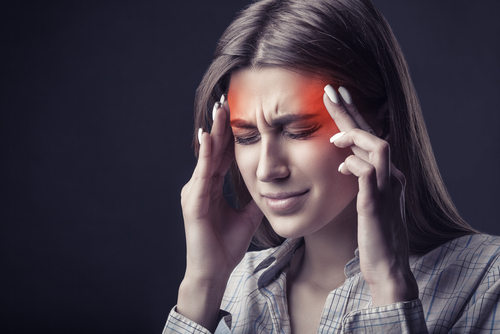Pain comes in a variety of different forms- headaches, neck pain, upper back pain, low back pain, knee pain, foot pain, stomach pain; you name it, we have probably seen it. One condition we see a lot of in our office is called fibromyalgia. Unfortunately, those experiencing fibromyalgia deal with pain all over their body. My name is Dr. Zach Shaw, and I am with the Upper Cervical Spine Center. We see fibromyalgia all the time in our office, so if you are reading this and suffer from fibromyalgia, maybe we can help you too! What is fibromyalgia? First, let us break down the word. “Fibro” means hardening, “myo” means muscle, and “algia” means pain. Therefore, fibromyalgia is pain coming from a tight muscle. These muscles are constantly active/tight and eventually develop into “trigger points.”
Trigger points are an area of muscle that are extremely tight, like a knot. Sometimes, people use massage therapy to try to loosen them up. However, trigger points in a patient with fibromyalgia happen all over the body. Most trigger points are in the shoulders, upper back, low back, and glutes, amongst other areas, but they can also form throughout the rest of the body. It is a terrible condition that a lot of people suffer from.
Why does fibromyalgia occur? The central facilitation/sensitization theory formulates a reason for fibromyalgia. The nerve system is hyperactive, especially the part going to your muscles. All your muscles have these little things called mechanoreceptors that allow you to balance in space and understand what movements to use. When we put a lot of pressure on a mechanoreceptor, it causes pain. This same pain in a person without fibromyalgia is normal and lets us know how to react before injury. However, this same pain in a person with fibromyalgia is amplified. You could literally just touch him or her and the pain will be almost unbearable. That is the effect of central sensitization. Central sensitization means that when a sensory stimulus occurs, the body overreacts and interprets the stimulus as pain.
For example, let us say that I, a person without fibromyalgia, gets my foot stepped on. That is a sensory stimulus, so the message of pressure on my foot travels up the nerve and meets at something called a dorsal root ganglion (DRG), a hub before entering the spinal cord. Once in the spinal cord, the message travels into the brain and the brain says, “Hey, it’s just pressure, but we need to move the foot away before it becomes painful or injured.” So, I pull my foot away; that is how a normal nerve system works. If this exact same instance happened to someone with fibromyalgia, the same process happens, except at the DRG, there is interference, so the message gets altered. In this instance, the message of pressure turns into extreme pain. The altered message now travels to the brain, but instead of a normal response of moving the foot, the brain instead sends extreme pain signals to that foot and then tells it to move. The patient now experiences a lot of pain in the foot from a stimulus that should not have caused so much pain.
Why does interference to the DRG change the message? It all has to do with the upper cervical spine, which is where I come in. When there is pressure on the brainstem due to a misalignment in the top of the neck, it can put pressure not just on the spinal cord, but on the DRG as well. If there is pressure there, any sensory input, whether it is someone stepping on your foot, putting on your shirt, or anything else that is sensory from the body back to the brain, it is going to be interfered with.
Unfortunately, in people with fibromyalgia, this interference transmits as pain. That is why a person with fibromyalgia can be barely touched, yet they feel excruciating pain and are almost jumping off the table, like some of my patients when they first start care. When we start correcting the misalignment, the patient’s body starts to work better, and the care gets easier and easier. Eventually, the patient does not feel as much pain. Why? Because as we take pressure off this area, the sensory part of the nerve system can communicate with the brain exactly like it should.







